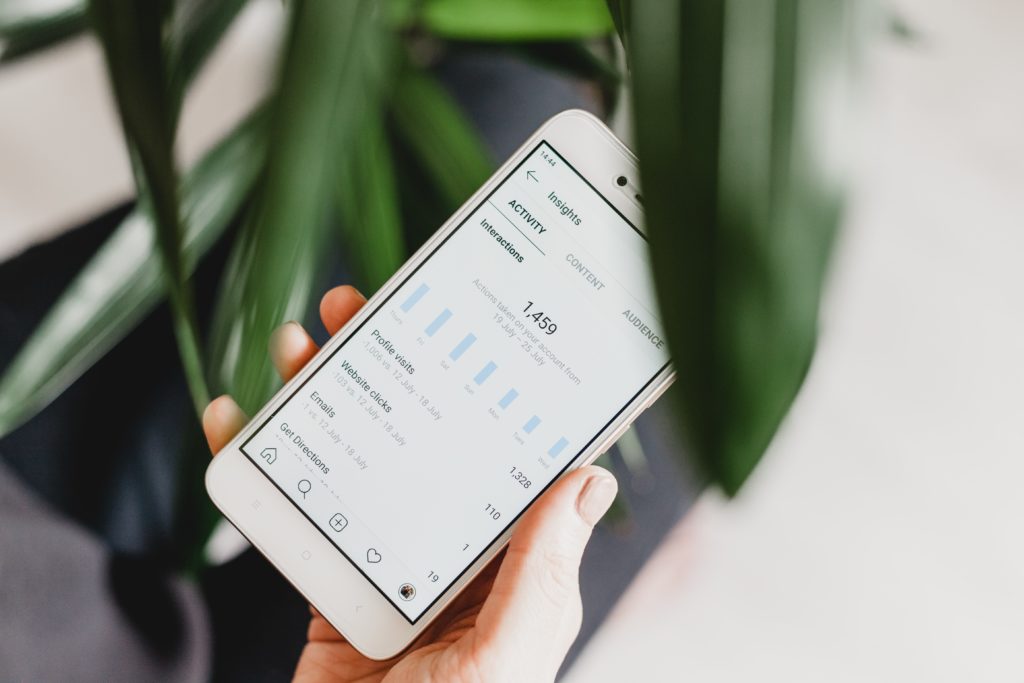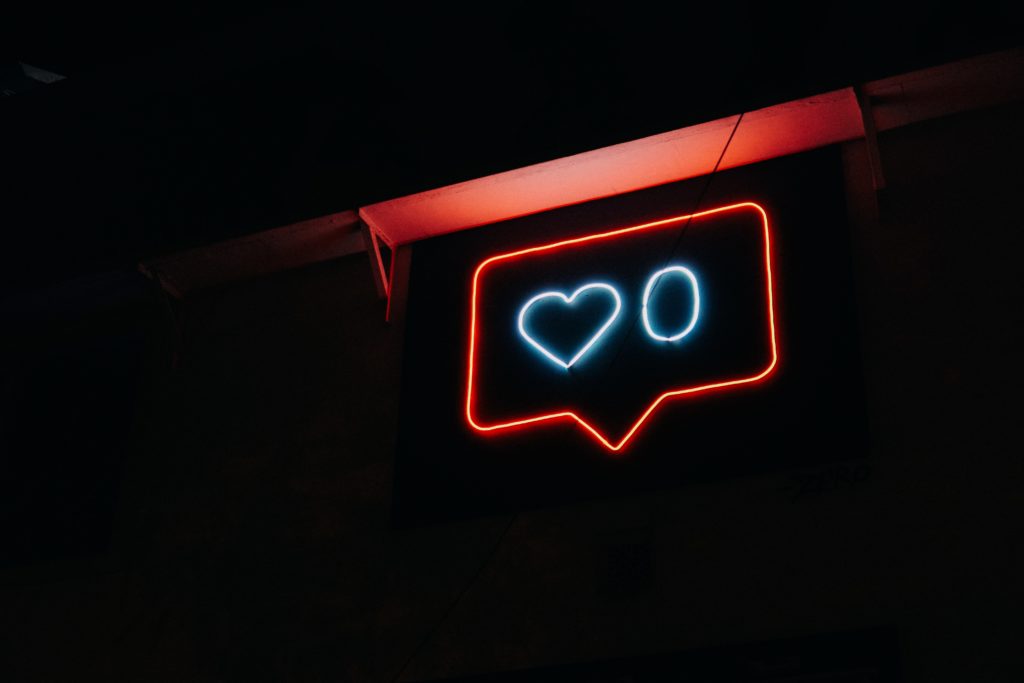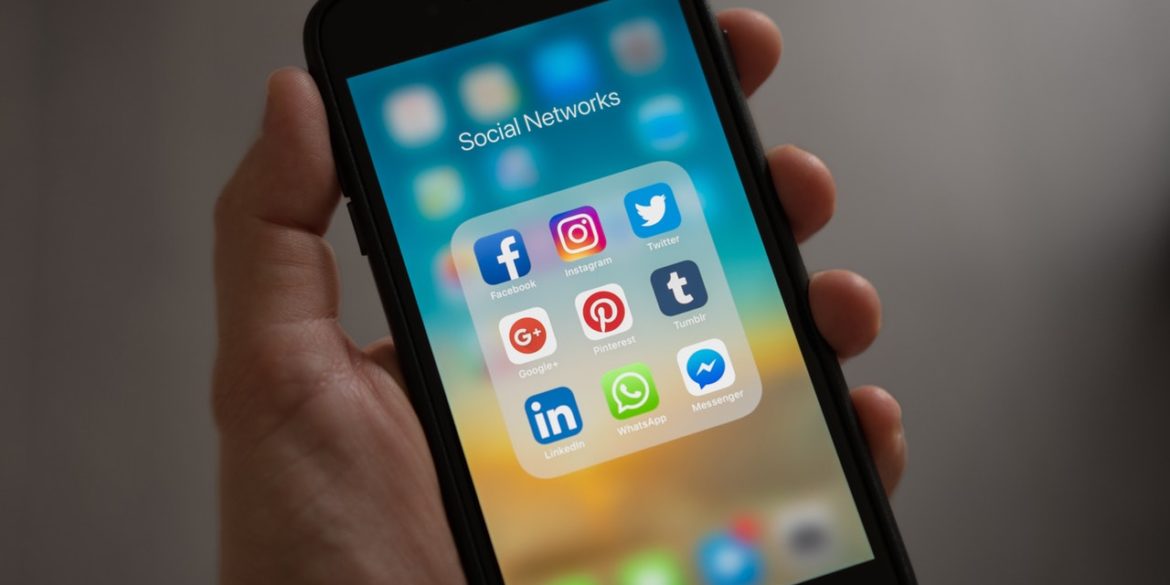You may have heard of them. You have most definitely seen them while infinitely scrolling through social media sites—people from all walks of life getting paid to post to the world about how much they love their latest gym wear, makeup, gadgets, you name it.
Is all the hype about influencers really worth it, though? Is it really the latest and greatest way to advertise or, like Google+, is this just another social media trend destined to fail?

According to a survey conducted with 14,000 Americans, 60% of consumers will turn to social media and blog posts to get opinions about a product. On top of that, 70% of Millennials prefer a stamp of approval from the average Joe and others within their friend group rather than big-name celebrities and traditional advertising.
The study also looked at which platforms are the most successful at converting a viewer into a buyer. While it’s probably no surprise that Facebook topped the list with 19% of consumer decisions being influenced by what they see on the site, one may be shocked to hear how poor other platforms perform. Digital ads—the ones that clutter our screens every second of every day—performed the worst at 4.5%. By worst, we mean worse than even print advertising, which you may be surprised to learn is still a thing. Meanwhile, the second best-performing advertising platform was YouTube, which had numbers pretty much on par with Mark Zuckerberg’s brainchild.

So, does social media influencing work? Well, it seems to operate at least five times better than online ads. But, why are social media influencers succeeding where traditional advertising fails?
The answer lies in relatability and authenticity. Influencers connect better with the typical twenty-something living their lives on their devices because…well, they usually are one themselves. Influencers are funnier, seem more honest, and demonstrate actual, practical use cases for the products they promote compared to ads—which, by the way, have such a negative connotation that there’s a whole industry geared solely towards blocking them.
But wait. What about when social media platforms make drastic changes to their algorithms, like Instagram’s test removal of viewing likes? Counterintuitively, many influencers actually think this is a hugely beneficial move, as it could reduce the number of posts that are crafted solely just for ‘likebait’ as they call it. Remember, authenticity is why influencing works. When someone is making a post that is clearly just trying to get attention, people see through the ruse and it just becomes unwanted clutter. Removing the like feature on posts is one way the platform hopes to bring the focus back to what matters—the quality of the content.

In a digital age where anything and everything can be faked online, the realness of the girl next door making YouTube videos to test out new, random makeup and the guy down the street recording himself and his friends having fun while trying out a new board game can be refreshing and even sought after. Imagine people wanting to watch and read something that promotes a product as opposed to adblocking it. That’s the power of influencers.
People know they can’t live like a celebrity, so why should they try to buy like one? When the approval of their community and friends is all people want, influencers have all the power in the world.


